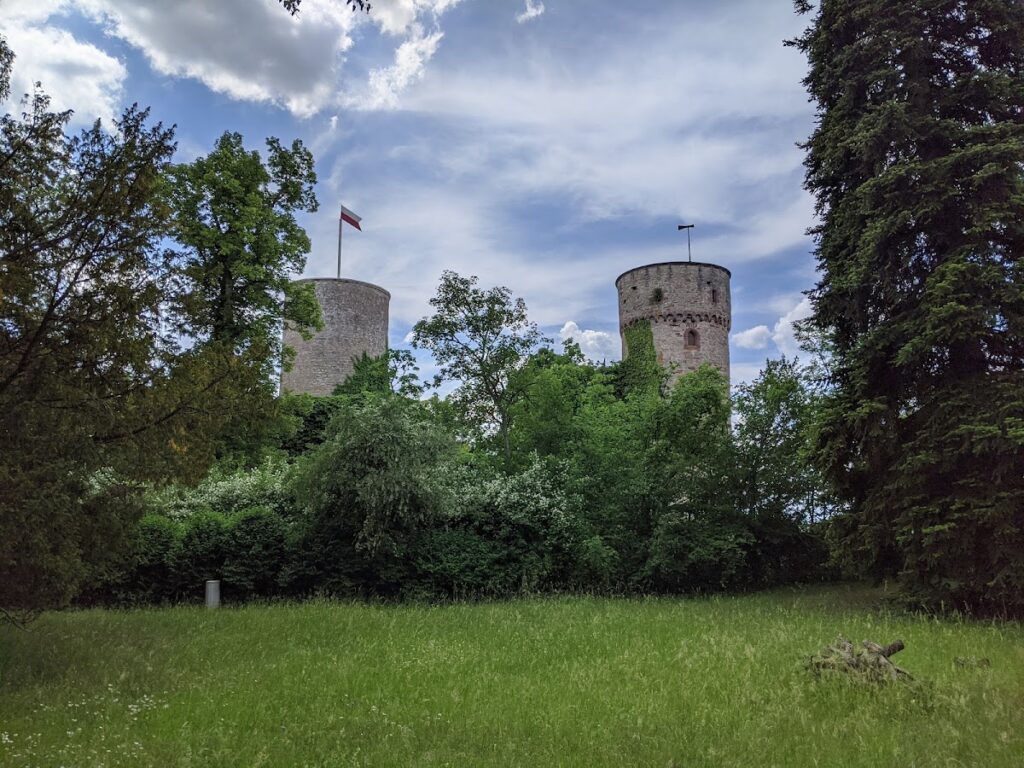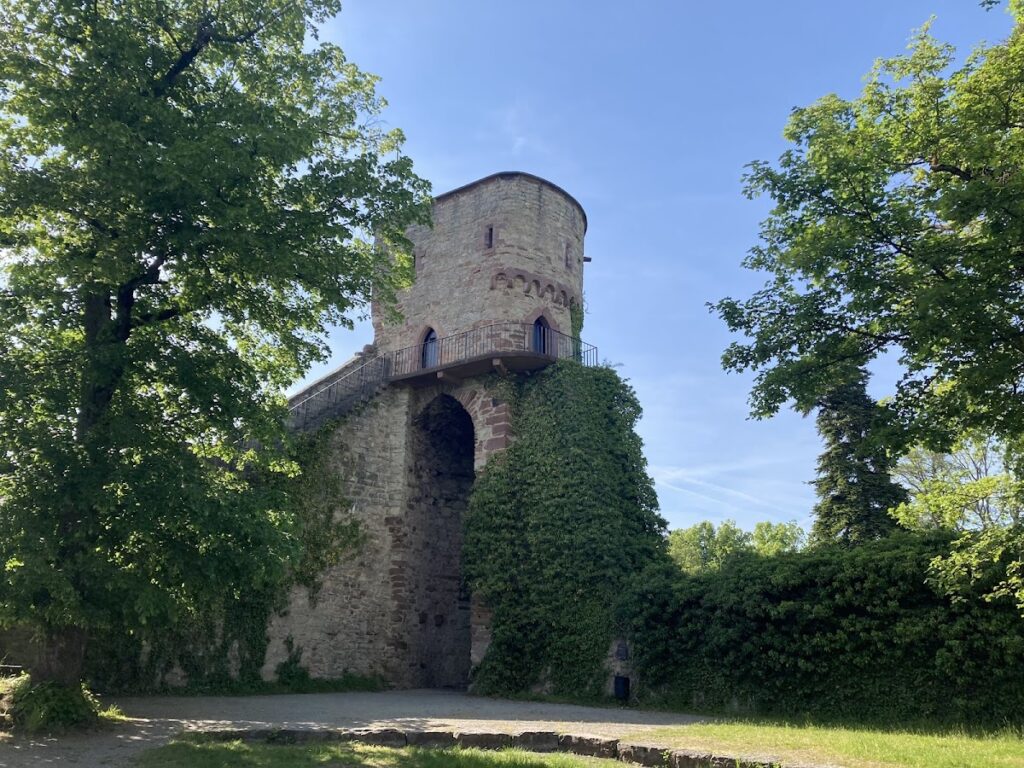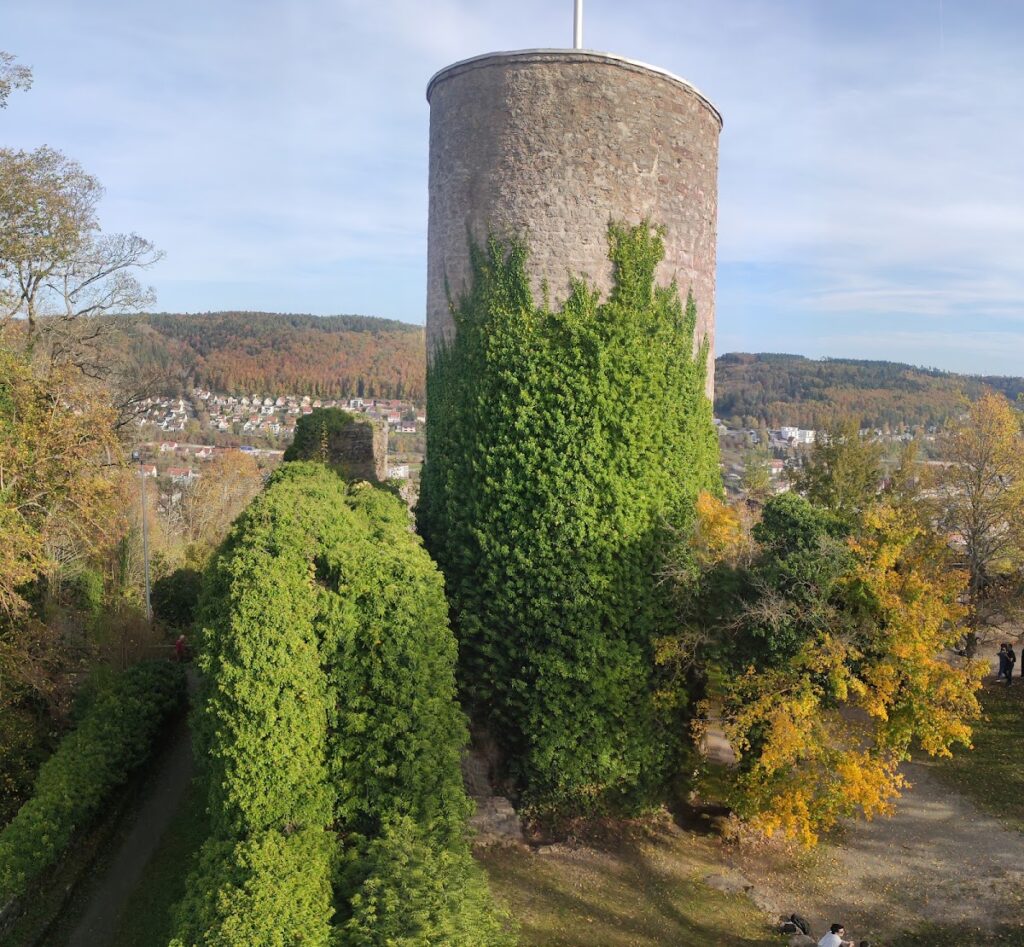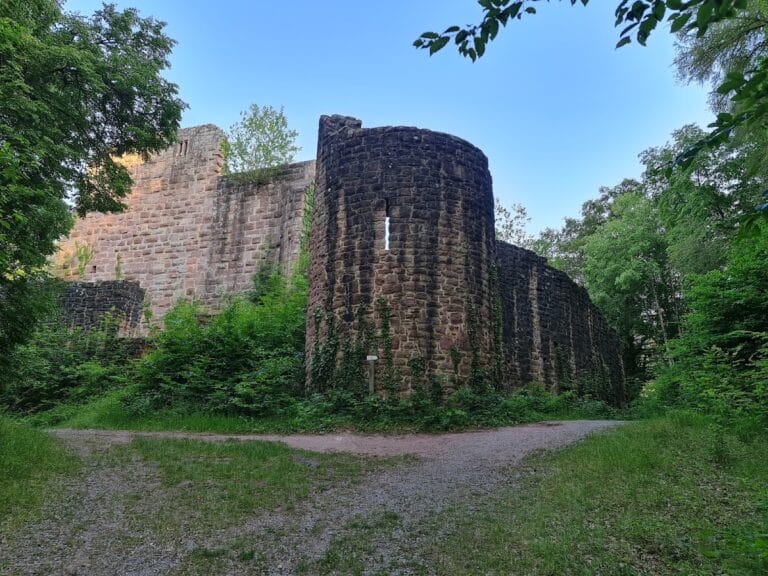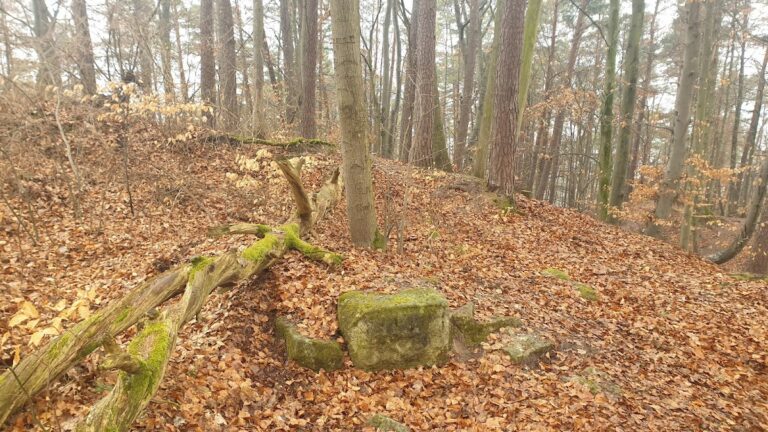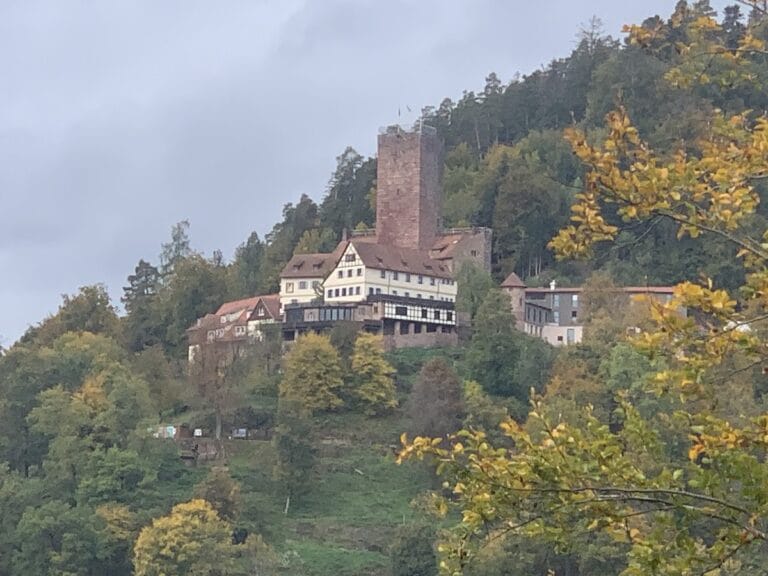Hohennagold Castle: A Medieval Fortress in Germany
Visitor Information
Google Rating: 4.6
Popularity: Medium
Google Maps: View on Google Maps
Official Website: www.nagold.de
Country: Germany
Civilization: Unclassified
Remains: Military
History
Hohennagold Castle stands near the town of Nagold in present-day Germany. Constructed by medieval European nobility, it has origins extending back to the early Middle Ages.
The site’s earliest possible fortification dates to around the year 750. This early stronghold is attributed to Count Ruodbrecht, a historical figure known as an uncle of Charlemagne, suggesting the location’s strategic importance long before the medieval castle was built.
Around 1100, the Counts of Nagold established the first known castle on the site. These counts rose in status to become Counts Palatine of Tübingen in 1145, reflecting their growing influence. Between 1153 and 1162, they undertook extensive expansion of the castle, enhancing its defensive and residential functions.
By the mid-13th century, control of the castle passed to the Counts of Hohenberg. A branch of this family adopted the title Counts of Nagold and transformed the castle into their primary residence during the 13th and 14th centuries, marking a period of significant local administration and noble occupation.
The castle’s ownership changed hands in 1363 or 1364 when it was sold to the Counts of Württemberg. They strengthened the outer sections of the castle by adding bastions and towers, fortifications designed to defend against attacks. These additions also housed ministeriales, a class of unfree knights or officials who managed the estate and military duties.
During the latter phase of the Thirty Years’ War, in 1645, Bavarian troops captured Hohennagold Castle and inflicted severe damage. The following year, 1646, saw the deliberate demolition of much of the remaining structures, leading to the castle’s effective abandonment as a functioning fortress.
In the final months of World War II, the northwest tower suffered destruction due to an Allied air raid in 1945. Since then, efforts have focused on preserving the remaining ruins to protect this heritage site.
Remains
Hohennagold Castle is situated atop Schlossberg hill, rising 529.8 meters above sea level on a rugged porphyry rock formation. This position offers commanding views over the town below and the nearby bend in the Nagold river, emphasizing the site’s defensive purpose.
The ruins retain the foundational walls of the original castle core, marking where the central buildings stood. Surrounding these are extensive vestiges of the outer ward, an enclosed area offering additional defense and space for service buildings. Here, visitors can observe remnants of various defensive towers, including half-round and angular designs that reflect modifications over several centuries.
A prominent feature is the zwinger, a fortified outer enclosure designed as an extra barrier to attacking forces. Within the defensive works, a thick shield wall, measuring 2.5 meters in thickness and rising approximately 10 meters, still stands. This wall served as a crucial protective element against siege weapons.
The castle’s main tower, known as the bergfried, rises to about 17 meters and measures 7.5 meters across. Its walls are robust, 2.5 meters thick, and the entrance is located high above ground level at nine meters, a common medieval design intended to make assaults more difficult. Alongside the bergfried, a surviving protective tower reaches 25 meters in height and remains accessible via internal staircases.
Remains of curtain walls connect various defensive towers, including one situated in the northwest corner, contributing to the castle’s layered fortifications. Archaeological evidence indicates the castle was once encircled by a moat, enhancing its defense by hindering direct assaults.
Though in ruins, many of these elements remain preserved in situ, providing a clear outline of the castle’s original layout and defensive architecture. The structures echo centuries of medieval military design adapted to the evolving needs of noble occupants and wartime challenges.
